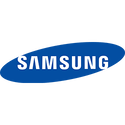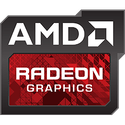
GlobalFoundries Reports Fourth Quarter and Fiscal Year 2022 Financial Results
GlobalFoundries Inc. (GF) (Nasdaq: GFS) today announced preliminary financial results for the fourth quarter and fiscal year ended December 31, 2022.
Key Fourth Quarter Financial Highlights
Revenue of $2,101 million, up 14% year-over-year.
Gross margin of 29.6% and adjusted gross margin of 30.1%.
Net income of $668 million.
Adjusted EBITDA of $821 million.
Cash, cash equivalents and marketable securities of $3,346 million.
Key Fourth Quarter Financial Highlights
Revenue of $2,101 million, up 14% year-over-year.
Gross margin of 29.6% and adjusted gross margin of 30.1%.
Net income of $668 million.
Adjusted EBITDA of $821 million.
Cash, cash equivalents and marketable securities of $3,346 million.









































